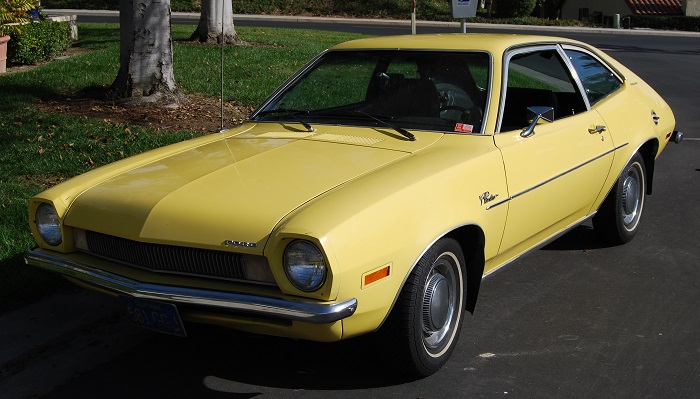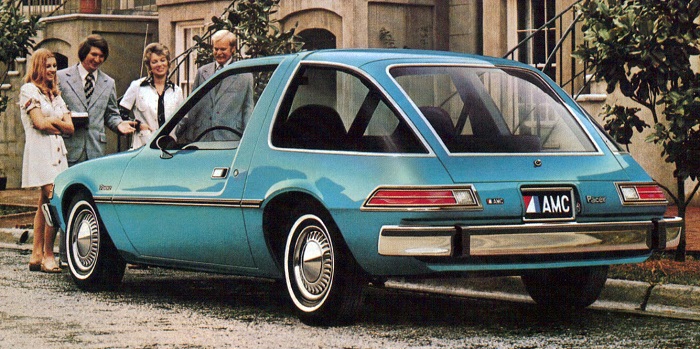Let’s suppose for a moment that you find yourself in a perilous situation, and have to call 911 — only the responding officer deduces from your accent that you’re Black, and therefore not worthy of immediate assistance. Imagine the furor if this was made public.
Now try this, from Britishland (RCOB* Alert):
“Increasingly, as we go forward we will look at things like trying to assess people and crime on the sort of threat, the harm, the risk and people’s vulnerability.
“It’s absolutely feasible that if my neighbour is a vulnerable elderly person who has experienced a particular type of crime, that she gets a face-to-face service that I don’t get. So we triage things, we assess people’s vulnerability.
“Vulnerability can manifest itself in a number of ways – people with learning difficulties, a whole range of things, some people for whom English isn’t a first language.
“That’s about how we get those resources focused on the things you can make a difference with. But also, as demand grows, you have to have a way of controlling and triaging.”
Now as any fule kno, what this Plod is really saying is, “If you don’t increase our budget, we’re going to have to look at foolishness such as this, because crime is on the increase and we’re stuck with the same resources.”
Nevertheless, do you think for a moment that he’d keep his job if this were the U.S., and he’d made comments similar to those with which I opened this post, just to argue for a bigger budget?
Yet he’s not going to get fired, because I’ll bet that a whole bunch of people over here are just going to nod, and say, “Well, we’ll just have to accept this.”
*For my New Readers, “RCOB” stands for “Red Curtain Of Blood”, such as that which comes over your eyes when you read foolishness like the above.














